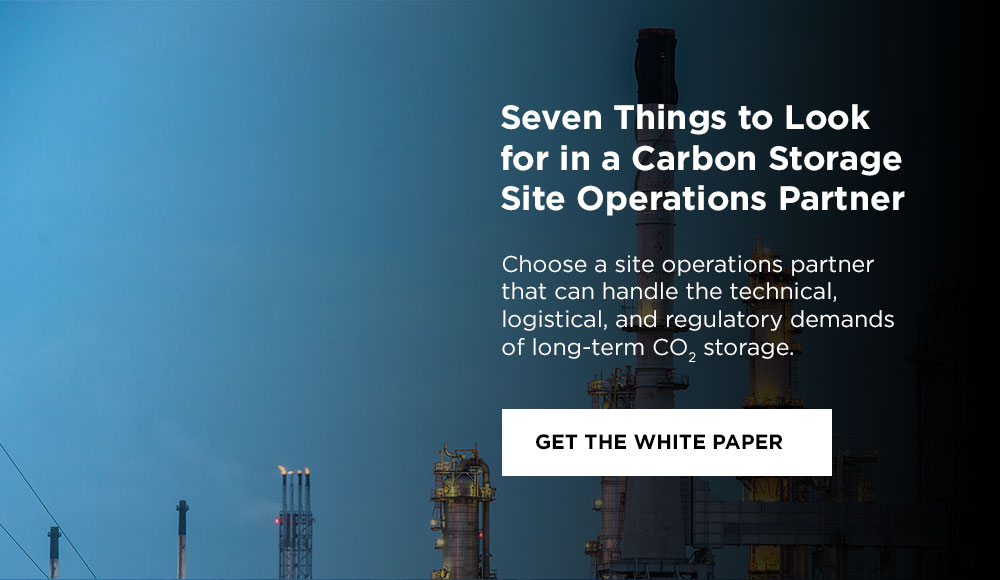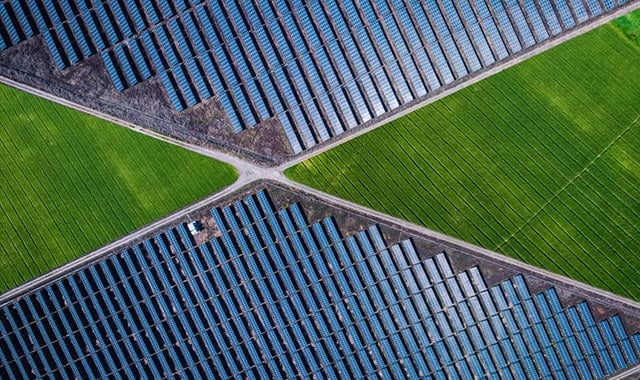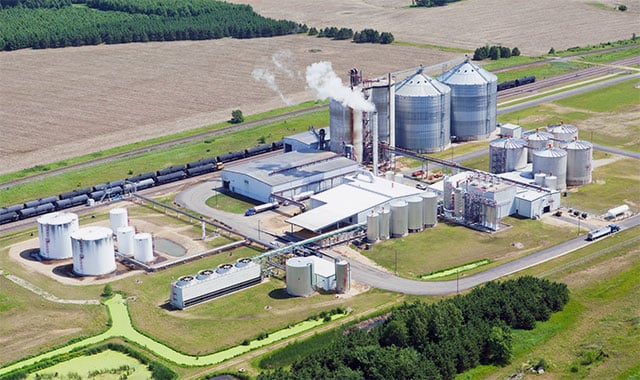Can't Spell "CCS" without "S"
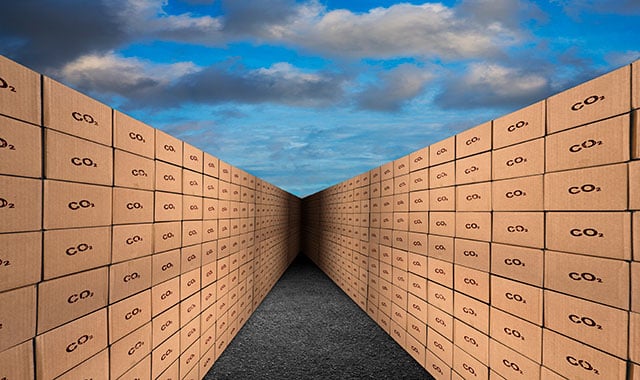
Sometimes it feels like the term "carbon capture" is the star of the show. Thanks to the recent Inflation Reduction Act of 2022 bill passed in the United States, even more producers can't wait to start capturing CO2 and collecting 45Q tax credits and incentives for each metric ton of carbon captured.
However, simply capturing CO2 emissions may not get very far without a long-term plan for carbon sequestration. Keep reading to learn how skillful saline storage is essential to carbon capture and storage (CCS) success.
Table of Contents
Jump to Section:
- The Basics of CCS
- Carbon Capture Needs Storage
- What Does Carbon Storage Entail?
- Selecting the Right Partner
- Achieving CCS Success
CCS Basics
What is CCS?
Carbon capture and storage (CCS) refers to the process of capturing and storing carbon dioxide (CO2) emissions produced by industrial processes. The terms "carbon capture and sequestration (CCS)" and "carbon capture, utilization, and storage (CCUS)" are often used interchangeably.
Who is CCS for?
CCS may be able to be leveraged by organizations across industries, including:
- Fossil fuel processors (including natural gas, oil, coal, and others)
- Biofuel producers (including ethanol, biodiesel, methanol, butanol, and more)
- Ammonia or fertilizer producers
- Power generation companies
- Steel, cement, and other manufacturing companies
- Enhanced oil recovery (EOR)
- Direct air capture (DAC)
Curious? Our team of experts offer complimentary problem solving that can help you better understand your carbon storage options.
Carbon Capture Needs Storage
Based on the type of site, decision-makers must choose the type of carbon capture technology to be used. Common capture system types include:
- Post-combustion carbon capture (CO2 is separated out from an exhaust stream)
- Pre-combustion carbon capture (CO2 is separated through gasifying fuel)
- Oxy-fuel combustion carbon capture (fuel is burned in a very oxygen-rich environment, producing a more concentrated stream of CO2)
- Direct air carbon capture (CO2 is captured directly from ambient air)
Why Storage is Essential
A carbon capture system is useless without a plan to transport and store the captured CO2. Once a CO2 capture system has been implemented, it's time for the rest of the project's life: Long-term geological storage and CCS site operations.
What Does Carbon Storage Entail?
Implementing carbon storage for your project can be broken into two main chunks: Reaching operations, and optimizing operations across the project lifetime.
Reaching Operations
To reach the operation stage of a CCS project, a phased approach helps reduce risk and ensure success.
- Feasibility (determining if a CCS project is technically, legally and economically viable)
- Preliminary Modeling (performing additional assessment and planning using existing data)
- Characterization and Permitting (collecting new data if needed and applying for permits)
- Construction (designing and building the capture and injection systems)
After these phases are complete, your project is ready to begin CO2 injection and move into site operations.
Check out my other blog "A Roadmap to CCS Success" for more info on each phase, and how to get started with CCS.
Optimizing Operations
A successful carbon storage site operations strategy often includes these key components to maximize the value for producers across the project lifetime:
- Injection Monitoring (ensuring safe and compliant operations during injection)
- Plume Modeling and Monitoring (watching the CO2 plume to ensure safe sequestration)
- Well Operation, Inspection and Maintenance (monitoring, inspecting, and troubleshooting the injection well)
- Reporting and Compliance (submitting reports to the IRS and EPA to qualify for tax credits)
- Decommissioning and Site Closure (closing the well and remediating the project site)
- Long-Term Monitoring (monitoring of the CCS site after closure)
Selecting the Right Partner
The right partner for long-term carbon storage and site operations will help your project maximize tax credits while keeping operational, management, and monitoring risk at bay.
What To Look For
Important factors to keep in mind when selecting a CCS partner:
- Stability (a partner that will be around throughout your project)
- CCS Experience (a partner with a proven track record of carbon capture and storage success)
- Scientific Expertise (a partner with staff that can keep up with evolving CCS technologies)
- Data Science and Modeling Capabilities (a partner with deep knowledge in data science, modeling and machine learning)
- Regulatory Compliance (a partner with a history of compliance with regulatory agencies)
- Business Model (a partner that can flex to your project's business model)
- End-to-End Service (a partner that can handle your project from feasibility to operations to increase safety)
Keep these factors and more in mind when selecting a CCS site operations partner to ensure long-term profitability.
Achieving CCS Success
A successful CO2 capture and storage project hinges on top-tier geotechnical expertise. Working with an experienced and multi-disciplinary partner like our Carbon Storage Services team sets producers up to maximize value from CCS throughout their project's lifetime.
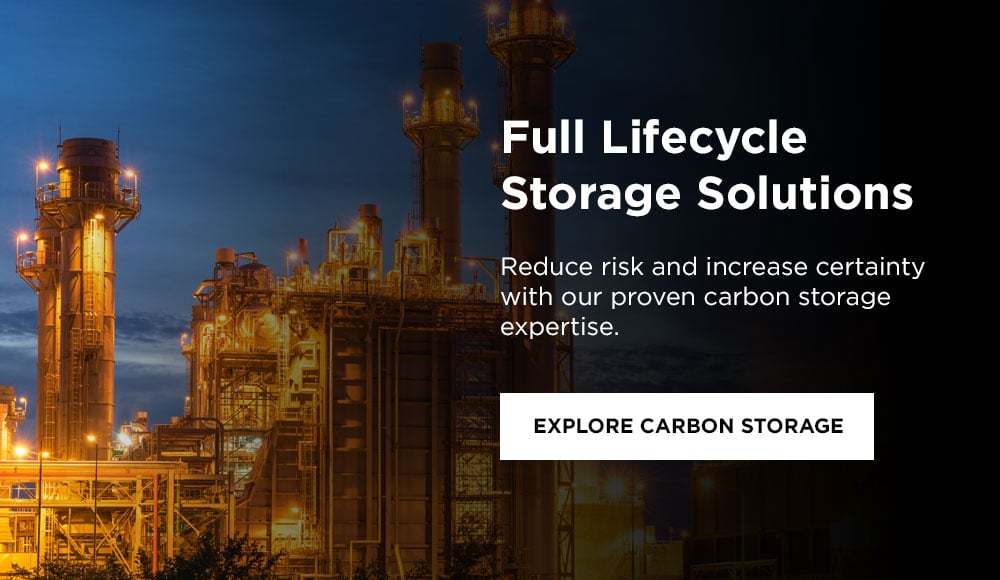
Related Blogs
BATTELLE UPDATES
Receive updates from Battelle for an all-access pass to the incredible work of Battelle researchers.
